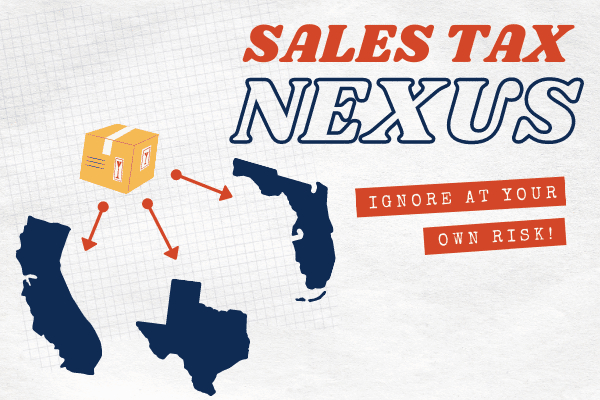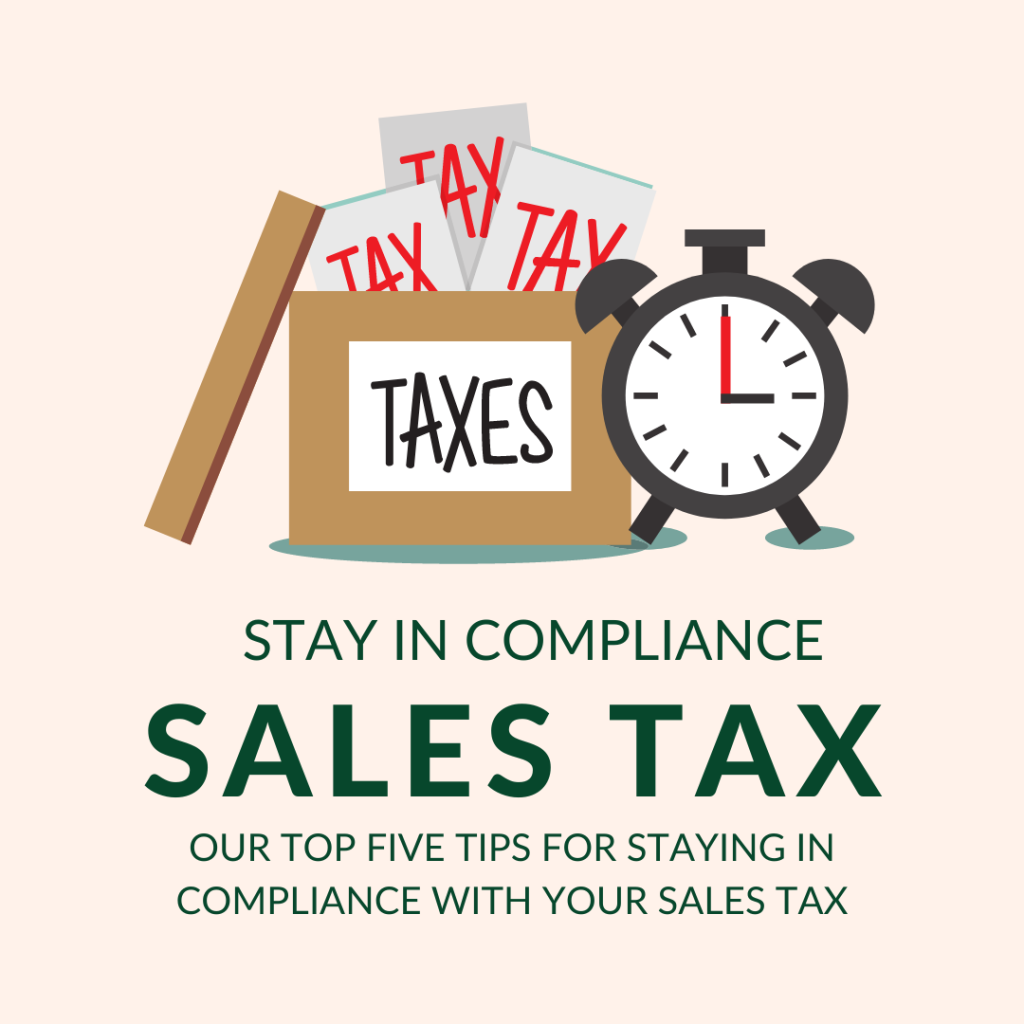
Navigating Tax Compliance for Multichannel E-commerce Sellers
As e-commerce businesses expand across platforms like Amazon, Shopify, and Walmart Marketplace, tax compliance becomes increasingly complex. From managing sales tax nexus across multiple states to reconciling platform-specific reporting requirements, sellers must stay informed and proactive to avoid costly mistakes and maintain growth.
This article provides practical guidance to help multichannel sellers understand, manage, and streamline tax compliance—without getting lost in the details.

Understanding Sales Tax Nexus in a Multichannel World
Sales tax nexus refers to the connection a business has with a state that requires it to collect and remit sales tax. Traditionally based on physical presence, the definition of nexus has evolved, especially after the 2018 South Dakota v. Wayfair Supreme Court ruling. Now, even economic activity alone (like reaching a certain revenue threshold in a state) can trigger nexus.
For multichannel sellers, this means:
Selling on multiple platforms increases your risk of triggering nexus in more states.
Each platform may report sales differently, making it harder to track total revenue or transaction volume per state.
States have varying thresholds—some require collection after $100,000 in sales or 200 transactions, while others differ.
👉 Learn more about sales tax nexus in Shopify’s Sales Tax Guide.
Platform-Specific Sales Tax Handling
Different platforms handle sales tax in different ways, and it’s crucial to know what’s automated and what’s your responsibility.
Amazon
Amazon collects and remits sales tax on your behalf in most states due to Marketplace Facilitator laws. However, sellers are still responsible for:
Monitoring tax reporting through Seller Central.
Filing tax returns in states where you have nexus and Amazon doesn’t remit on your behalf (like Missouri, as of early 2025).
Shopify
Unlike Amazon, Shopify requires sellers to configure their own tax settings. You must:
Set up collection rates by state or jurisdiction.
Register for tax permits where you have nexus.
File and remit taxes manually or via an integrated tax app.
Walmart Marketplace
Walmart also acts as a marketplace facilitator in most states, but you’re still responsible for:
Understanding which states are included.
Filing zero-dollar returns where applicable.
Keeping accurate, consolidated reports if selling outside of the platform as well.

Key Tips for Staying Compliant
Tax compliance is not a set-it-and-forget-it task. Follow these actionable strategies to stay ahead:
1. Track Nexus Across All Channels
Use tax automation tools like Avalara or TaxJar to automatically detect when you’ve triggered nexus in new states. They integrate with major marketplaces and flag thresholds proactively.
2. Consolidate Reporting
Create a monthly habit of downloading and comparing tax reports from each platform. Tools like A2X or Link My Books help sync marketplace data into accounting software for better visibility.
3. Register Early
Don’t wait until you’ve crossed a state’s threshold—registering early helps you avoid late fees, audits, and compliance issues.
4. Understand Filing Requirements
Some states require monthly, quarterly, or annual filings. Missing a deadline—even with no tax due—can result in penalties. Use a compliance calendar or enable reminders through your tax software.
5. Prepare for Audits
Maintain organized digital records of:
Sales data by state
Tax returns filed
Registration certificates
Communication with tax authorities
Choosing the Right Tax Tools
Here are a few trusted solutions built specifically for e-commerce sellers:
Avalara – Scalable tax automation across platforms, with strong enterprise support
TaxJar – User-friendly for small to mid-sized businesses, with auto-filing and real-time calculations
A2X – Ideal for Shopify and Amazon sellers looking to sync financials to QuickBooks or Xero
Link My Books – Popular with sellers managing high-volume marketplaces and wanting to automate reconciliations

Final Thoughts
Navigating tax compliance as a multichannel e-commerce seller may feel overwhelming, but with the right tools and processes, it becomes manageable—and even scalable. Take a proactive approach by understanding your obligations, leveraging automation, and reviewing your platform-specific responsibilities regularly.
As marketplaces evolve and legislation shifts, staying informed ensures your business avoids unnecessary fines and stays focused on what really matters: growth.













